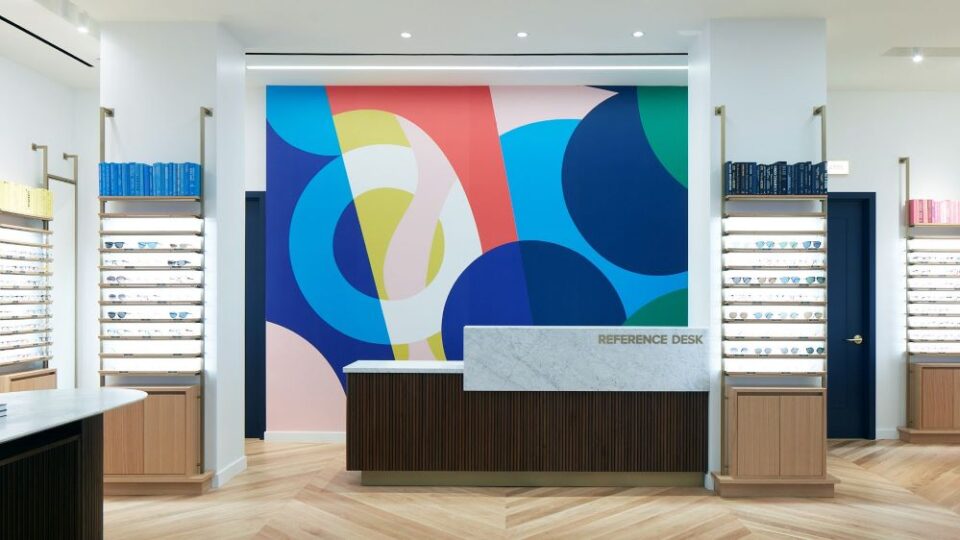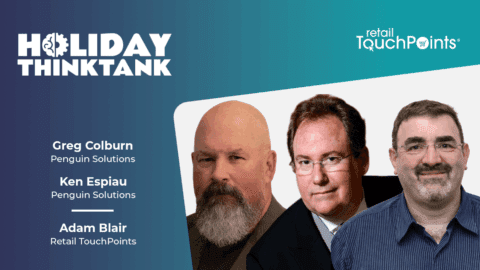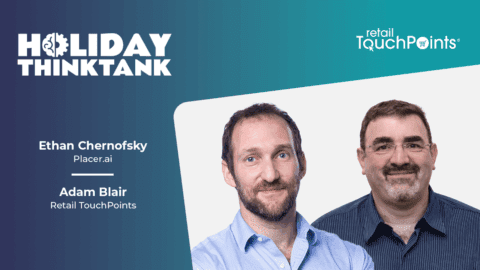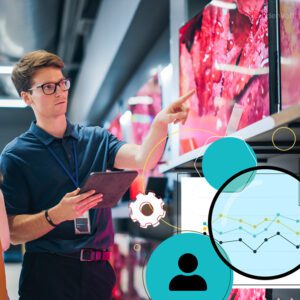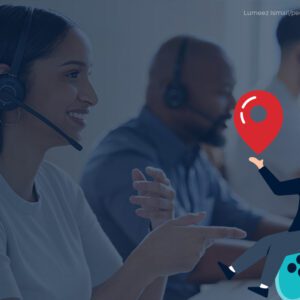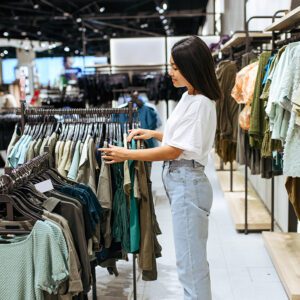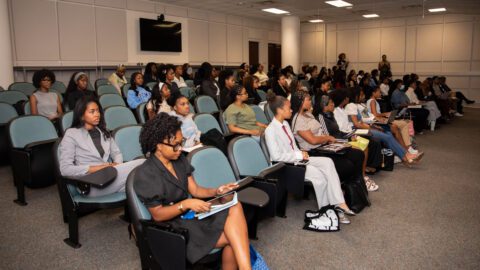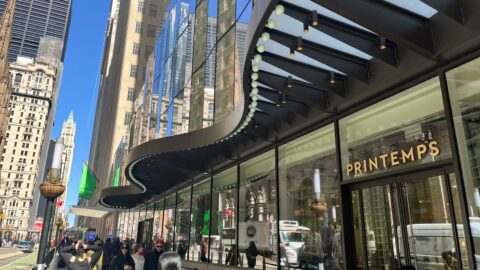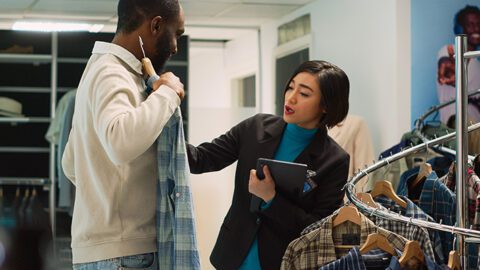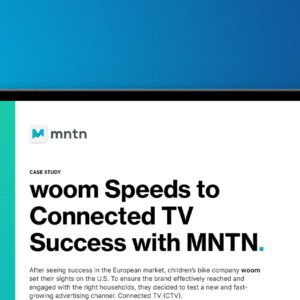Step into a time machine and travel back 15 years, to the debut of (then) digital pure-play eyewear retailer Warby Parker. In 2010, the idea of selling prescription eyewear online seemed risky if not positively foolhardy, but the retailer didn’t just persist — it thrived.
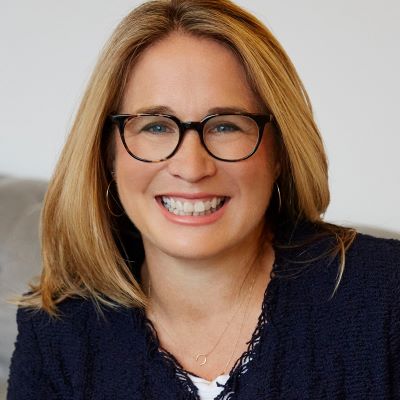
By 2013 Warby Parker was ready to open its first brick-and-mortar store, in NYC’s SoHo neighborhood. Flash forward to today — through what Warby Parker Chief Retail and Customer Experience Officer Sandy Gilsenan called “steady and thoughtful” retail expansion — and Warby Parker has opened its 300th store in lower Manhattan’s Brookfield Place, just a few miles from where it all began in SoHo.
And there’s more growth to come: After opening a record 41 stores in 2024, the retailer is planning to top that with 45 new stores in 2025, including a partnership with Target for five Warby Parker shop-in-shops. All these locations will offer a full suite of products and services including glasses, contacts, eye exams and vision tests.
Gilsenan shared what Warby Parker has learned along the road from Store #1 to Store #300, including the omnichannel benefits of a growing store fleet and the vital importance of a holistic approach to eye care.
Retail TouchPoints (RTP): What have been the biggest lessons learned from opening and operating 300 stores? Are there things you wished you’d known that would have made the process easier?
Sandy Gilsenan: Every store we’ve opened has taught us something new about consumer behavior, operations and how we can continue to iterate on and improve the shopping experience. We’ve always known that giving consumers options is important, but our stores have reinforced just how critical it is for our customers to have flexibility in how they shop.
From our earliest retail experiments, like pop-ups and mobile showrooms, we’ve embraced a test-and-learn mindset to ensure we’re meeting customer needs and constantly adapting as those needs change. You have to remain nimble and flexible.
On our journey to 300 stores, we’ve also learned about the importance of holistic eye care as part of the customer’s overall experience. At Warby Parker, you can get everything you need in just one stop, offering a more seamless experience for our customers and patients.
RTP: How does the newest store at Brookfield Place reflect Warby Parker’s approach to combining convenience and access to care?
Gilsenan: As with all of our locations, the Brookfield Place store is designed to feel both modern and welcoming. It’s a space that’s easy to navigate, enjoyable to explore and full of thoughtful design details, like open bays and custom artwork, along with comprehensive eye exams and our full range of frames.
Our store team is armed with best-in-class tools like our point of sale, which we call Point of Everything (POE), to help make the shopping experience more convenient — from styling advice to frame adjustments and everything in between. POE brings all of our systems together on a single infrastructure, which allows us to easily share customer information like what frames they “favorite” on the website, what types of glasses they’ve worn in the past, appointment history and so on.
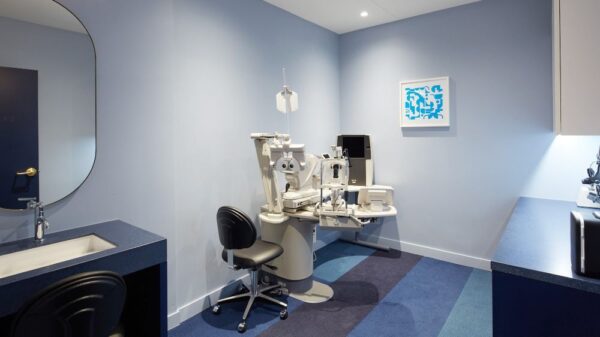
RTP: How is Warby Parker thinking about the future of physical retail?
Gilsenan: Physical retail remains a top priority. For us, that means continuing to expand our retail fleet in high-impact locations, across both conventional retail spaces like malls and lifestyle centers as well as more unconventional spaces like grocery-anchored centers. With each new location, our focus is on increasing access to eye exams and introducing services that make shopping faster and more personalized.
We’re also investing in technology that connects the physical and digital experience and just recently launched a new AI tool, Advisor, that offers personalized frame recommendations for customers shopping online. Our omnichannel strategy has been a key part of the brand since the start, and will continue to be moving forward.
RTP: What would you say is the biggest advantage to being both digitally oriented and operating brick-and-mortar stores?
Gilsenan: Our omnichannel model resonates with consumers and drives incremental demand. A customer might start their journey with us by trying on frames at home, then book an eye exam in a store and complete their purchase on our app. We’re uniquely positioned to make that experience possible, and it’s a key component of what sets us apart.




